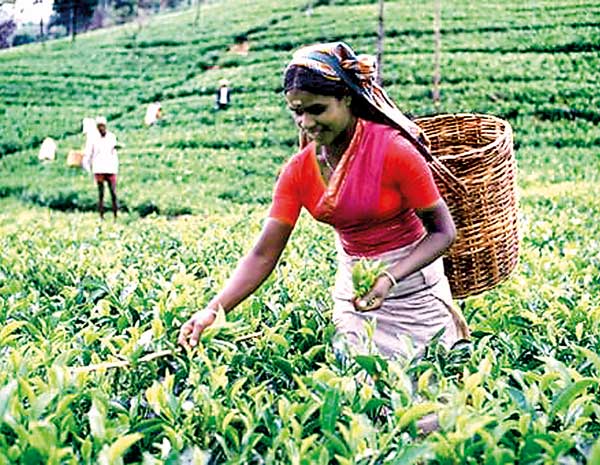22 Oct 2012 - {{hitsCtrl.values.hits}}
 Following is the address by Mahendra Amarasuriya (Former Chairman Commercial Bank of Ceylon Plc, Planters Association of Ceylon, former Deputy Chairman Hayleys Plc & Talawakele Plantations Plc) delivered at the 158th Annual General Meeting of the Plantations’ Association
Following is the address by Mahendra Amarasuriya (Former Chairman Commercial Bank of Ceylon Plc, Planters Association of Ceylon, former Deputy Chairman Hayleys Plc & Talawakele Plantations Plc) delivered at the 158th Annual General Meeting of the Plantations’ Association
26 Nov 2024 35 minute ago
26 Nov 2024 56 minute ago
26 Nov 2024 1 hours ago
26 Nov 2024 2 hours ago
26 Nov 2024 3 hours ago